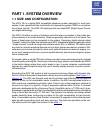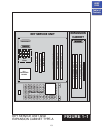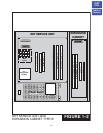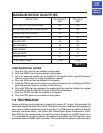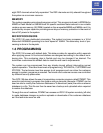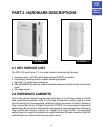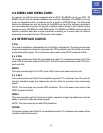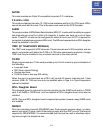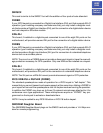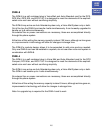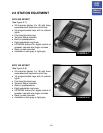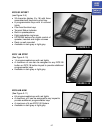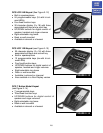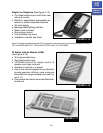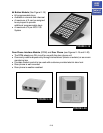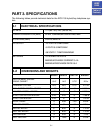2.4
SMISC2
This card is similar to the SMISC1 but with the addition of four ports of auto attendant.
FKDBD
If your iDCS keyset is connected to a Digital Line Interface (DLI) port that supports 2B+D
operation (your installing company can determine this) you may install a daughter mod-
ule that provides a Digital Line Interface (DLI) port for connection of a digital station device
such as a keyset or 64 button module.
KDb-DLI
This board, if installed in a digital keyset connected to one of the eight DLI ports on the
motherboard, will provide a second DLI port for the connection of a digital station device.
FKDBS
If your iDCS keyset is connected to a Digital Line Interface (DLI) port that supports 2B+D
operation (your installing company can determine this) you may install a daughter mod-
ule that provides a Single Line Interface (SLI) port for connection of a standard telephone
device such as a cordless phone.
NOTE: The circuit on a FKDBS does not provide a disconnect signal or have the overvolt-
age protection necessary for OPX operation. Only one KDB can be installed on a keyset.
KDb-SLI
This board, if installed in a digital keyset connected to one of the eight DLI ports on the
motherboard, will provide an SLI port for the connection of a standard telephone device.
NOTE: The SLI port on a KDb-SLI cannot provide disconnect signal or OPX protection.
iDCS KDB-FULL DUPLEX (FKDBF)
The standard speakerphone mode of operation for a iDCS keyset is “half duplex”. This
means that you cannot transmit and receive speech at the same time. Adding a FKDBF to
your keyset will convert the speakerphone into full duplex mode enhancing its operation.
In addition the FKDBF may have up to three (3) external microphones attached to it for
conference room type applications. These microphones require an “EXTMIC” key pro-
grammed on the keyset to activate or deactivate them.
NOTE: It may be added to any iDCS 28 button or iDCS 18 button keyset.
SMODEM Daughter Board
The SMODEM Daughter Board plugs on the SMISC card and provides a 14.4 Kbps mo-
dem for remote programming.
HOME
PAGE
Table of
Contents



